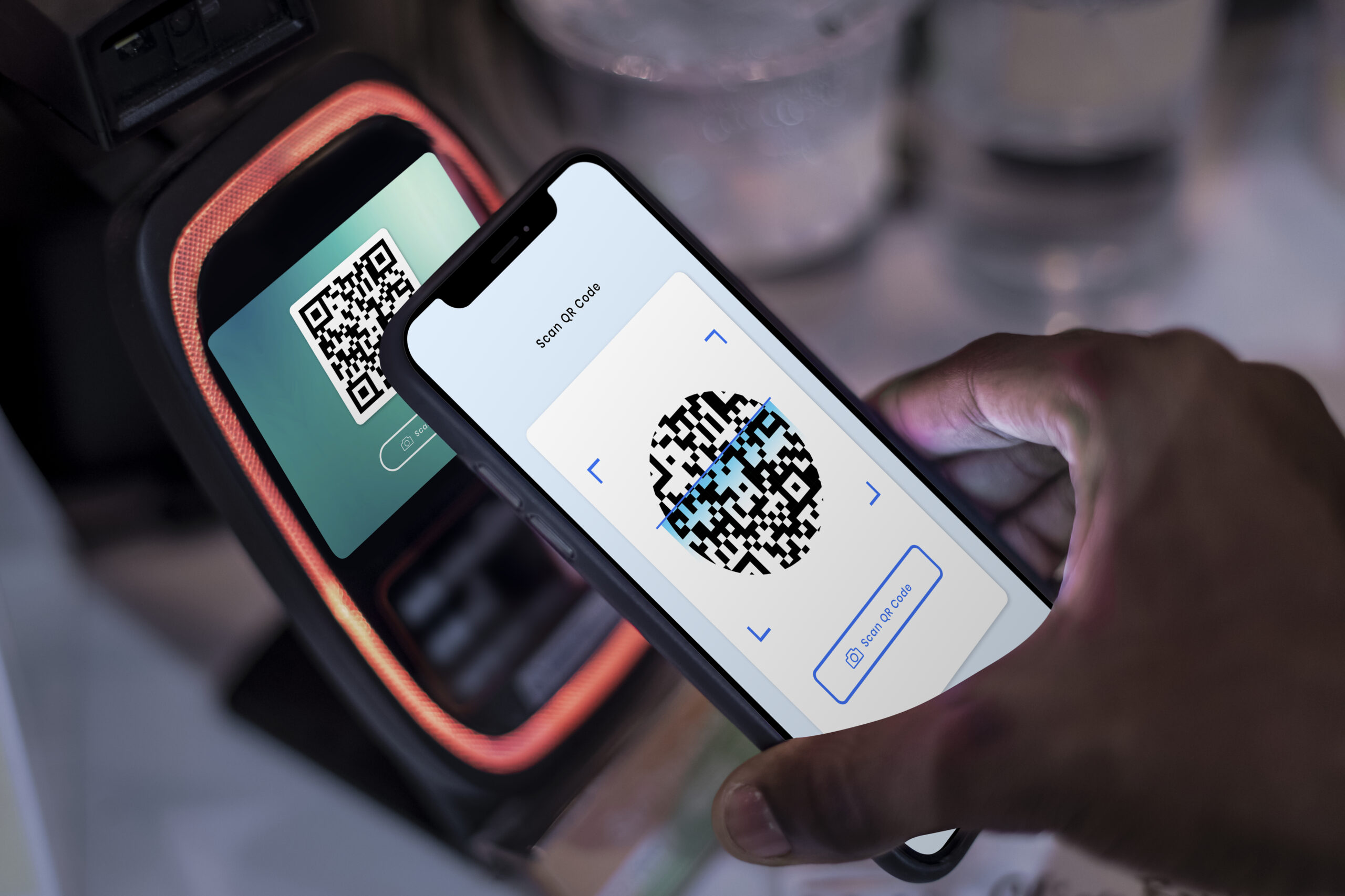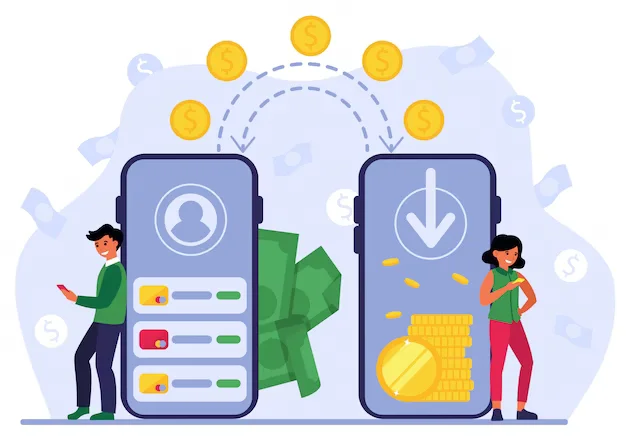Social media platforms have revolutionized the way we connect and interact with one another, and their impact extends beyond just socializing. One significant area where they’ve made a considerable impact is peer-to-peer (P2P) payments. P2P payments involve the transfer of funds between individuals, often for various reasons like splitting bills, repaying loans, or simply gifting money. Social media platforms have seamlessly integrated P2P payment functionalities, changing the way people handle their finances and transactions.
For the first time, P2P payment features integrated into social media platforms have made remittances easier than ever. Users can send money effortlessly to friends and family without having to visit separate banking apps or websites. This simplicity has not only encouraged more people to use P2P payments but has also reduced reliance on banking mechanisms for such transactions.
Additionally, social media platforms have increased the generalization of P2P payments. Users can add messages, emojis, or GIFs when sending money, making the experience more engaging and personalized. Not only does this add a bit of fun, but it reinforces the social aspect of the story, improving communication between friends and acquaintances.
However, increased comfort and individualization come with their own concerns. Privacy and security issues have been raised when social media platforms handle sensitive financial information. Ensuring strong encryption and security measures to protect users’ financial information from potential breaches is paramount.
In addition, integrating P2P payments into social media platforms has raised questions about data sharing and user profiling for targeted advertising. Users need to be vigilant about their data privacy and understand how their financial activities can be used for trading purposes.
In conclusion, social media platforms have significantly impacted P2P payments, making them more accessible and personalized. However, users should be vigilant about their privacy and security, as these platforms handle sensitive financial information. As the integration of financial services over social media continues to evolve, it will be important to strike a balance between convenience and security to ensure a positive and secure user experience.











